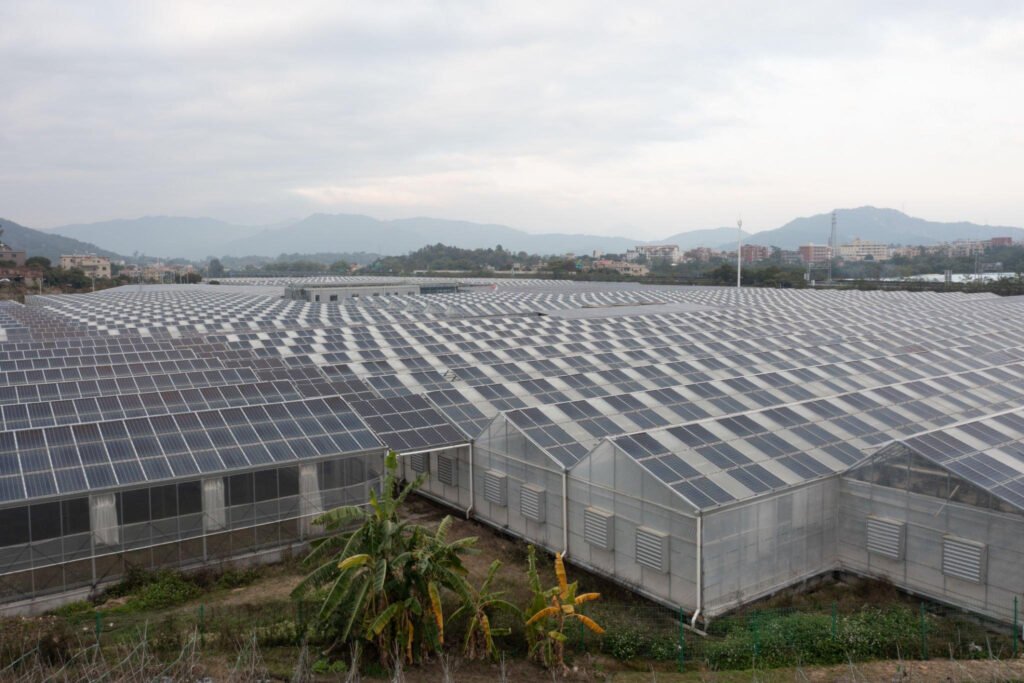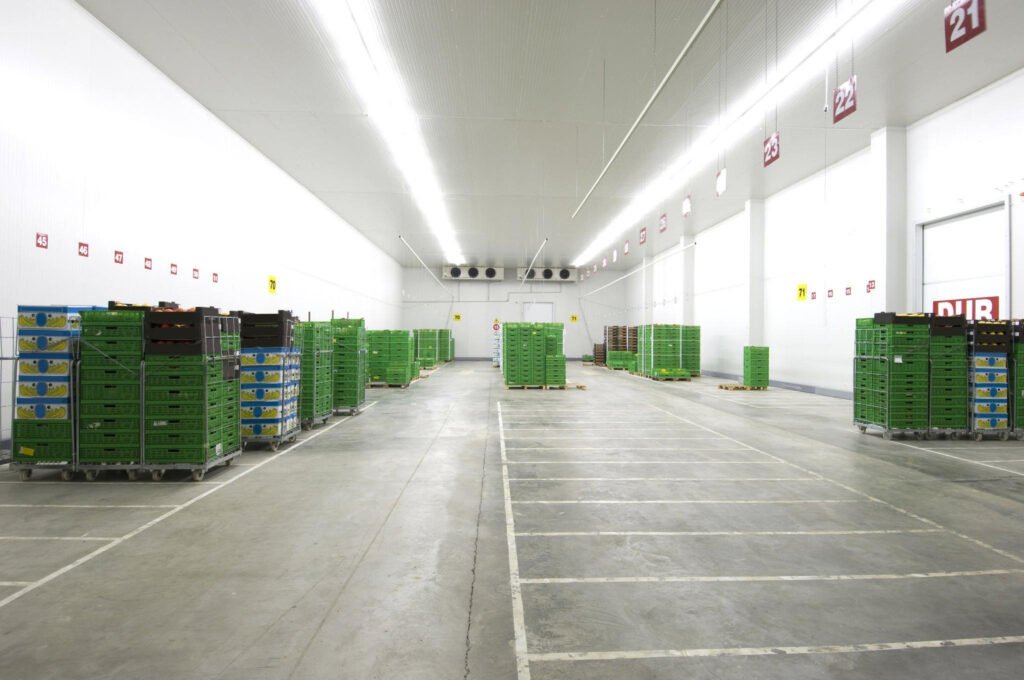Introduction
Industrial agriculture now erodes the very ecosystems nourishing our swelling population – a quarter of emissions and a third of arable land lost. Yet ecological methods can restore soil and feed the world. By transitioning a significant portion of production to practices like cover cropping, composting and integration of animals, emissions plummet while nutrition and food security climb.
Exploding populations and a warming planet make a widespread agricultural evolution from nutrient-stripping to regenerative techniques essential by 2050. Sustainable agriculture offers a holistic vision and practical solutions for meeting escalating food needs while regenerating our environment. It aims to produce bountiful harvests over the long haul by emulating natural processes.
At its core, sustainable agriculture looks to rebuild soil fertility and strengthen ecosystems from the ground up. Farms become integrated into the local ecology as much as possible rather than isolated factories. Beyond crop rotations and composting, sustainable approaches can include managed grazing programs tailored to grassland environments and reintegrating tree cover and wild spaces to encourage biodiversity. The ultimate goal is healthy, resilient agro-ecosystems capable of self-renewal.
In this article, we’ll explore key sustainable farming methods and their benefits. We’ll also discuss challenges in wider adoption and some encouraging innovations underway. Our future meals depend greatly on the agricultural choices we make today. Sustainable agriculture provides hopeful solutions to nourish both people and the planet into the decades ahead.
Core Practices and Systems
Crop Rotation and Diversification
Strategically rotating crops each season and diversifying the crops grown promotes soil health. Different crops leech different nutrients from the soil while also suppressing certain pests and diseases. Rotating crops replenishes the soil while dealing with weed, insect and disease cycles. Inter cropping or growing multiple crops in the same spaces adds diversity and resilience.
Cover Cropping and Composting
Cover crops like clover or rye grass planted between crop cycles help prevent soil erosion, suppress weeds, enrich soil nutrition, prevent nutrient runoff, and provide habitat for beneficial insects. Composting food scraps and plant residues builds organic matter which nourishes soils.
Efficient Water Management
Drip irrigation, rainwater catchment systems, laser land leveling, and computerized moisture sensors allow water to be applied to crops precisely when and where needed, preventing over watering and runoff. Some farms are also being switched to dryland farming, which relies solely on rainfall rather than irrigation.
Regenerative Agriculture
Regenerative agriculture uses land management principles modeled on natural ecosystems to improve soil health. This includes no-till farming, managed grazing practices tailored for each specific agricultural landscape, and incorporation of trees and wild spaces to increase biodiversity.

Benefits and Opportunities
Environmental Sustainability
Sustainable agriculture methods protect air, soil and water quality. They reduce carbon emissions, pollution from synthetic fertilizers and pesticides, groundwater depletion, soil erosion and nutrient leaching. Practices like poly-cultures and crop rotations enhance biodiversity and resilience to climate change.
Food Security
Sustainable agriculture produces bountiful harvests over the long term by nurturing healthy soils and agricultural ecosystems. Diversified farms are less vulnerable to weather fluctuations, market shifts, and pests. Sustainable practices increase global food security.
Economic Viability
Although sustainable farming requires more planning and labor, over the long term, it offers significant cost savings from inputs no longer required, as well as potentially capturing agriculture carbon offset credits. Organic and sustainably grown produce also often provides price premiums.
Rural Development
Sustainable agriculture supports smallholder farmers. It requires more labor over the long run, contrasting with heavy machinery used in industrial agriculture. This creates rural jobs and stems from migration to cities in developing countries.
Challenges and Innovations
Market Access
Small to mid-sized sustainable farms often need more connections to markets. Online farm-to-table platforms, as well as government incentives, are helping these farms reach more customers.
Technology for Precision Agriculture
Data analytics, sensors, automation tools, and AI can help farmers fine-tune inputs and practices. These include drone imagery for pest identification, smartphone apps to monitor soil moisture, and machine learning to personalize cover cropping decisions. Government and academic partnerships are key to maximizing technology access.
Policy Support
Governments play a pivotal role through agricultural research funding, subsidies, technical assistance and education programs to assist farmers in adopting sustainable practices. Carbon offsets and ecosystem service payments also help incentivize regeneration.

Conclusion : Sustainable Agriculture
Humanity has arrived at a pivotal juncture. With over 10 billion mouths to feed by mid-century and degraded farmland threatening crop yields, we require an urgent evolution. Industrial agriculture now jeopardizes the ecosystems underlying our very sustenance. Yet amidst this mammoth challenge lies the opportunity – to heal the planet while providing.
Sustainable models beckon. Their core tenets coexist with nature’s wisdom – embracing diversity through intercropping, enriching soils with compost, and using cover crops to reduce erosion. When farmers integrate animals and plant perennials and boost on-farm biodiversity, research shows resiliency and abundance rise. Greater investment in agroecological education and supporting smallholder farmers to make sustainable transitions expands regenerative practice from pilot plots to sweeping landscapes.
From the dirt up, food systems can nourish people and the planet. Through wisdom rooted in indigenous and ancient agricultural traditions fused with modern science, the sequestering power of plants, and ethical consumption – feeding the future restores our relationship to the land. Here lies the promise of lasting abundance.

1 Comment
Pingback: Mitigation And Adaptation Of Energy System Decarbonization - Wrxnews.com